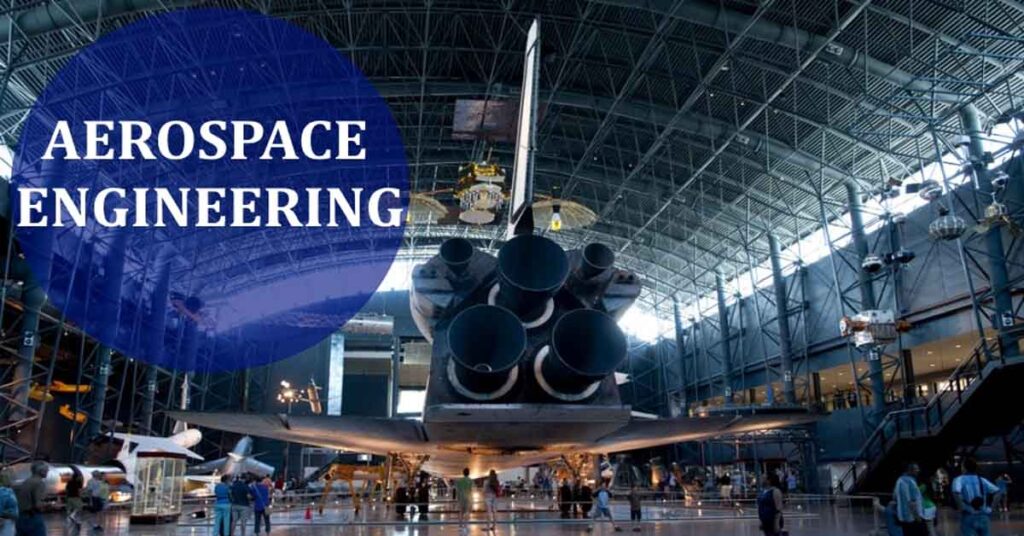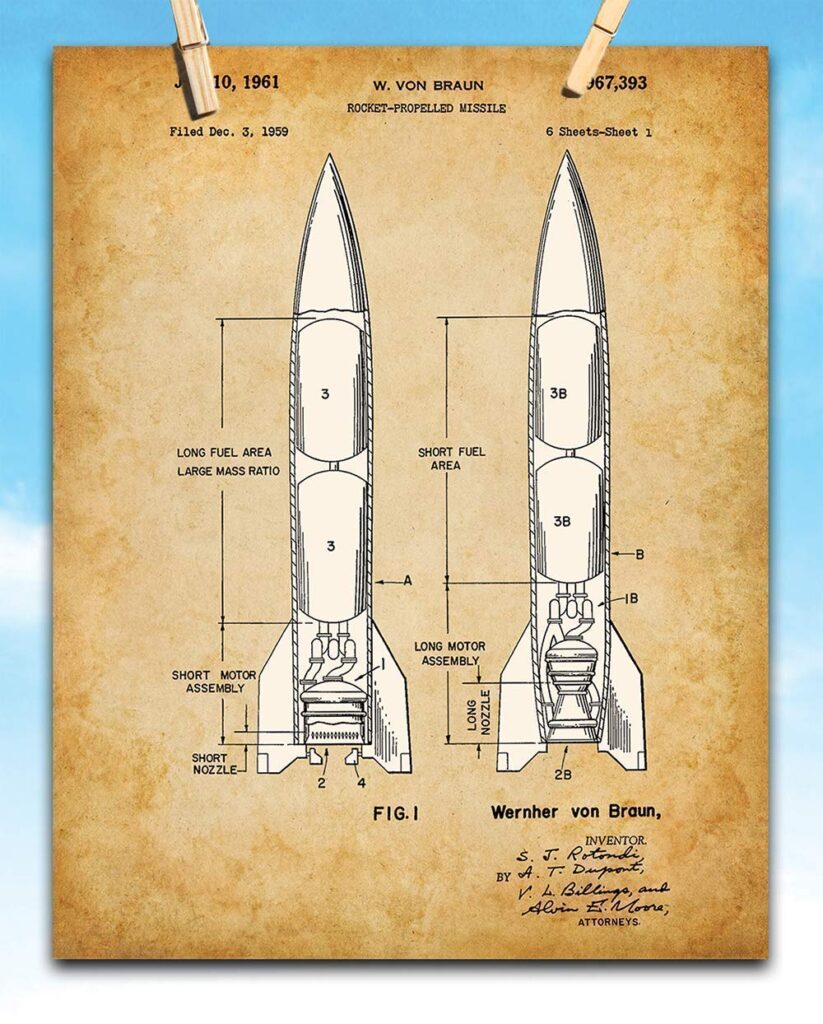The world today has witnessed a lot of growth in the past few years. Many technical advancements and new sectors. The knowledge about each field led man to create a separate advanced study and officially pursue the sector. Aerospace engineering is one such field of study, where the student in-depth learns the concepts of airspace and spacecraft. The studies of aeronautical engineering and astronautical engineering overlap with this sector of study.


Rocket enthusiasts assemble!


This field of engineering was originally called Aeronautical engineering. The technology used for flight has now reached outer space.
The study for this sector is very much in demand these days. The astronautical branch deals with rocket sciences.
You cannot cross the river without ferrying the boat.
To in-depth dig into the concepts, the study of a gist of all fields is required. Aerospace engineering includes all these meeting factors.
The overview of aerospace engineering
Little drops of water make the mighty ocean. Likewise, engineering disciplines including aerodynamics, propulsion, avionics, materials science, structural analysis, and manufacturing are to be studied in a proper way to create a proper functioning aircraft. The pressure, temperature, and load-bearing should be calculated in a clarified manner. A Specialized area of expertise is needed to suffice all this. Hence, aerospace engineering comes into the picture.
The underlying history
With advancements in technology, people started to stare into the birds and decode the science behind their flight( Yes, I mean the wright brothers). These technical experiments led to the life of ships in the air( do check out about the history of aviation and aerodynamics for more).
The airship is originally called, “leading balloons” that are advanced in Europe during the Renaissance. Although, proven by the fact that it was used in the world wars, the heavier than air aircraft took over. Langley’s aerodrome substantially sustained the unpiloted flight, with engine-driven heavier than air concept and was termed ‘ first capable of flight’. The era of airplanes took over the world during the World wars.
The sections of aerospace engineering include Radar cross-section, Fluid mechanics, Astrodynamics, Statics and Dynamics (engineering mechanics), Mathematics, Electrotechnology, Propulsion, Control engineering, Aircraft structures, Solid mechanics, Materials science, Aeroelasticity, Avionics, Software, Risk and reliability, Noise control, Aeroacoustics, Flight testing. Too much to process, isn’t it? Physics lies as the basis of all these studies.
Aerospace engineering may be studied at the advanced diploma, bachelor’s, master’s, and Ph.D. levels in aerospace engineering departments at many universities, and in mechanical engineering departments at others.
Hope this article made you wear your thinking caps and reading glasses. The era of inventory of life in the air is still in progress. Hope you enjoyed this fun fact time about aerospace engineering. It’s time for more exploration! For more information on aviation and related stuff do check out our blog page at Criss Cross Tamizh. Until then, bye fella rockets science enthusiast!!
